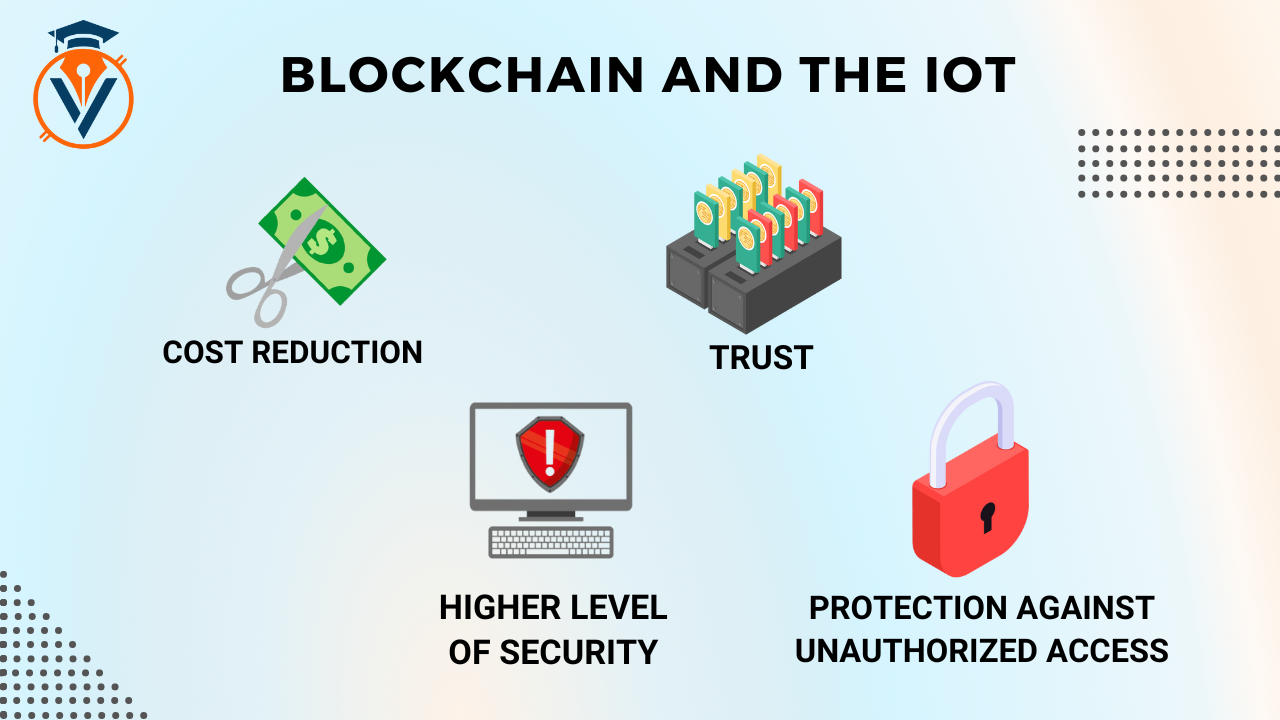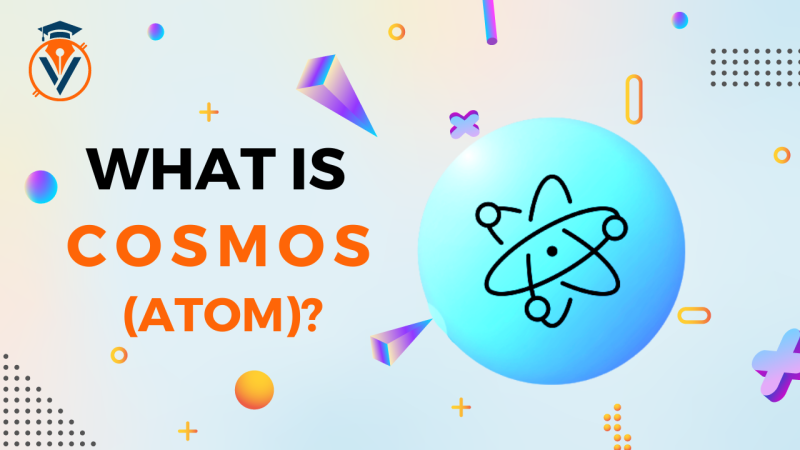The combination of blockchain and the Internet of Things (IoT) is often considered as one of the most promising scenarios for the use of technology. In particular, in relation to IoT, the blockchain is called the missing link that can solve the problems of scaling, privacy and security in this ecosystem.
Earlier, in our articles, we raised the topics of the interaction of the blockchain with other spheres, except for cryptocurrency. And we found out that this technology is already used in finance, charity, healthcare, voting, gaming and identification, as well as in the supply chain and money transfer. But now we would like to discuss the topic of the Internet of Things and blockchain.
Go ahead!
What is the Internet of Things ?
The term "Internet of Things" was first used in 1999 by Kevin Ashton, an entrepreneur and co-founder of the Auto-ID Labs center at the Massachusetts Institute of Technology. And already in 2008, the number of IoT devices exceeded the Earth population! The IoT systems work in real time and usually consist of a network of smart devices and a cloud platform.
Nowadays, these objects are equipped with sensors, software and other technologies that allow them to exchange data with other "things" in order to inform users or automate certain actions. The Internet of Things networks and the data they produce work in almost all aspects of modern life. Many people associate the Internet of Things with a "smart" home.
Thanks to technology and devices developed by Google, Yandex, Amazon, Apple, and others, users can make online purchases, adjust the room temperature, turn on the lights and music, and give voice commands to virtual assistants.
This has made the Internet of Things a more popular and accessible technology for society. And now there is the concept of a whole smart city! Internet of Things devices are our eyes and ears where we physically cannot be.
In 2021, there were more than 10 billion Internet of Things devices in the world. Energy, healthcare, finance, retail, logistics and manufacturing are not a complete list of areas of usage of the Internet of Things. However, when such technologies are used on a large scale, security becomes an important issue.
Disadvantages of IoT
The main problem associated with the development of IoT is security.
Cybercriminals are constantly trying to hack remote monitoring devices for patients, databases with information about people's health, intelligent car control systems, commit phishing attacks, upload viruses to hacked devices and even commit entire sabotage in production.
Reliability of the data.
The data stored on IoT platforms cannot be fully trusted beyond the scope of responsibility of one owner, since it is not possible to verify that they have not been changed before being sent, sold or used by other parties.
The privacy problem is obvious, since IoT uses centralized services.
And we are talking not only about possible data theft by hackers, but also about the violation of consumer privacy.
Transferring data and internal services from centralized servers can be the key that will help the IoT to reach its full potential.
Blockchain and the IoT
1. Higher level of security
It is assumed that in comparison with cloud solutions, blockchain technology will provide a significantly higher level of security for the entire infrastructure. Distributed networks do not have a single point of vulnerability or failure, cryptographic signatures make it much more difficult to hack the network, and any messages originating from any other place than the source will be invalid.
2. Protection against unauthorized access
By using asymmetric cryptography (a type of encryption in which a key is used to encrypt information, but it is not a key used to decrypt information) to create timestamps and store transaction data, decentralized applications significantly reduce the risk of unauthorized access to data and their manipulation.
3. Cost reduction
By storing data in nodes without centralized management, the distributed model not only reduces various security threats, but also makes IoT more efficient and accessible. In addition, decentralization will help to reduce or even completely avoid the costs of covering damage from the actions of intruders, as well as eliminate intermediaries and related expenses.
4. Trust
A distributed registry is used for data verification, while smart contracts provide automation of the process. Thus, there is no need to trust a centralized service provider or other participants to store data or monitor whether devices are connected.

Nevertheless, the development of blockchain technology itself will help to further develop not only the Internet of Things, but also all other areas. But this is the future and a new world that will only be more modern and better.


